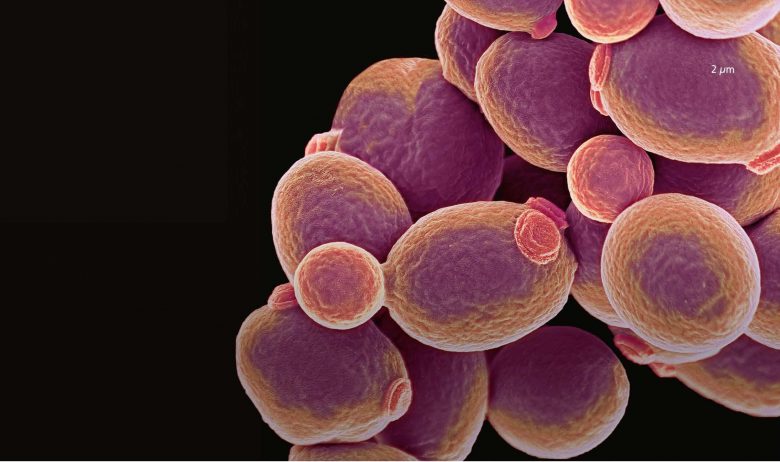
Front
Students who enjoy biology at school often find they prefer a sub-section of this large subject — perhaps ecology, genetics or plant sciences. But for those of us who enjoy learning about how the human or animal body works, it is physiology that attracts us.
Physiology is defined as ‘the study of the functions of living organisms and their parts’, and is the natural counterpart to anatomy, which deals with structure. In broad terms, physiology encompasses what Walter Cannon, an American physiologist (1871–1945) described as homeostasis — the ability of an organism to maintain a relatively constant, internal environment in the face of changing conditions. For example, understanding how our body maintains its osmolarity or its blood sugar levels within relatively narrow limits, when each day we drink many litres of water and eat a number of meals, is something that would interest a physiologist. Understanding the mechanisms that are altered when homeostasis cannot be maintained is also an important part of physiology.
Your organisation does not have access to this article.
Sign up today to give your students the edge they need to achieve their best grades with subject expertise
Subscribe




